What kind of awareness can we raise to keep the Istanbul craftsman culture alive?
Mercek Project was born from the search for a way to archive and keep alive one of Istanbul’s unique identities “production”. Beyoğlu ad Şişli were chosen as pilot zones.
Because of the city’s rapid evolution historic craftsmanship workshops are frequently being shut down and forced to collectively move out of town.
Large design firms prefer to have craftsmen work within their own organizations. Craftsmen torn away from their workshops and creative environments can no longer go back to their old work spaces.
Craftsmen aren’t recognized by designers in Turkey whose client portfolios consist of designers and architects from abroad.
The majority of craftsmen can’t raise apprentices because of mandatory education and young people over the age of 18 who’ve completed their mandatory education orient towards different occupations.
The majority of craftsmen can’t raise apprentices because of mandatory education and young people over the age of 18 who’ve completed their mandatory education orient towards different occupations.
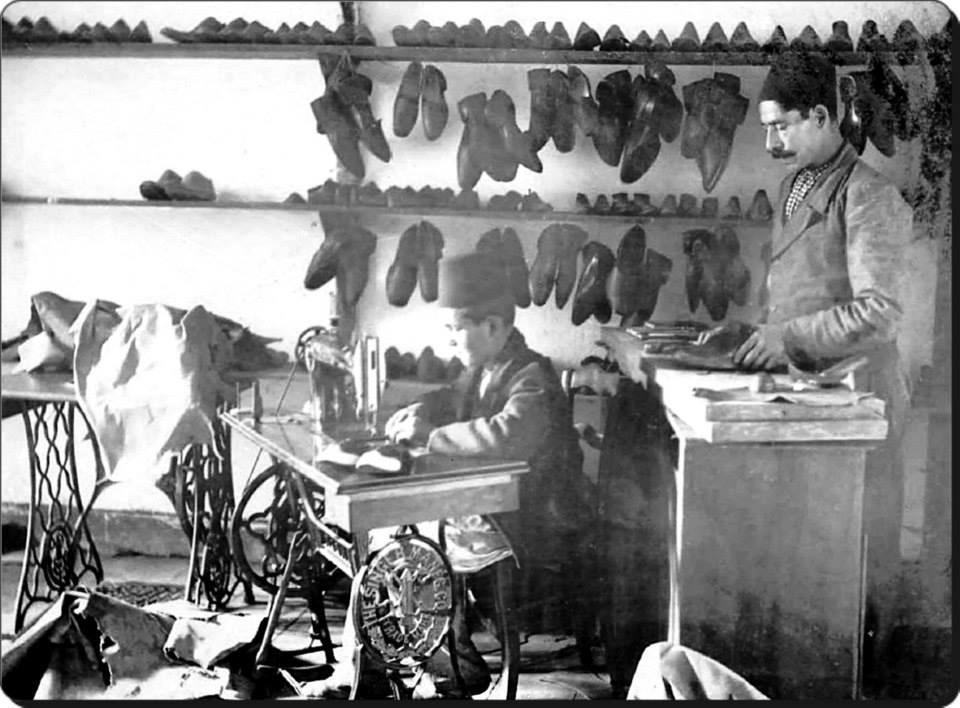
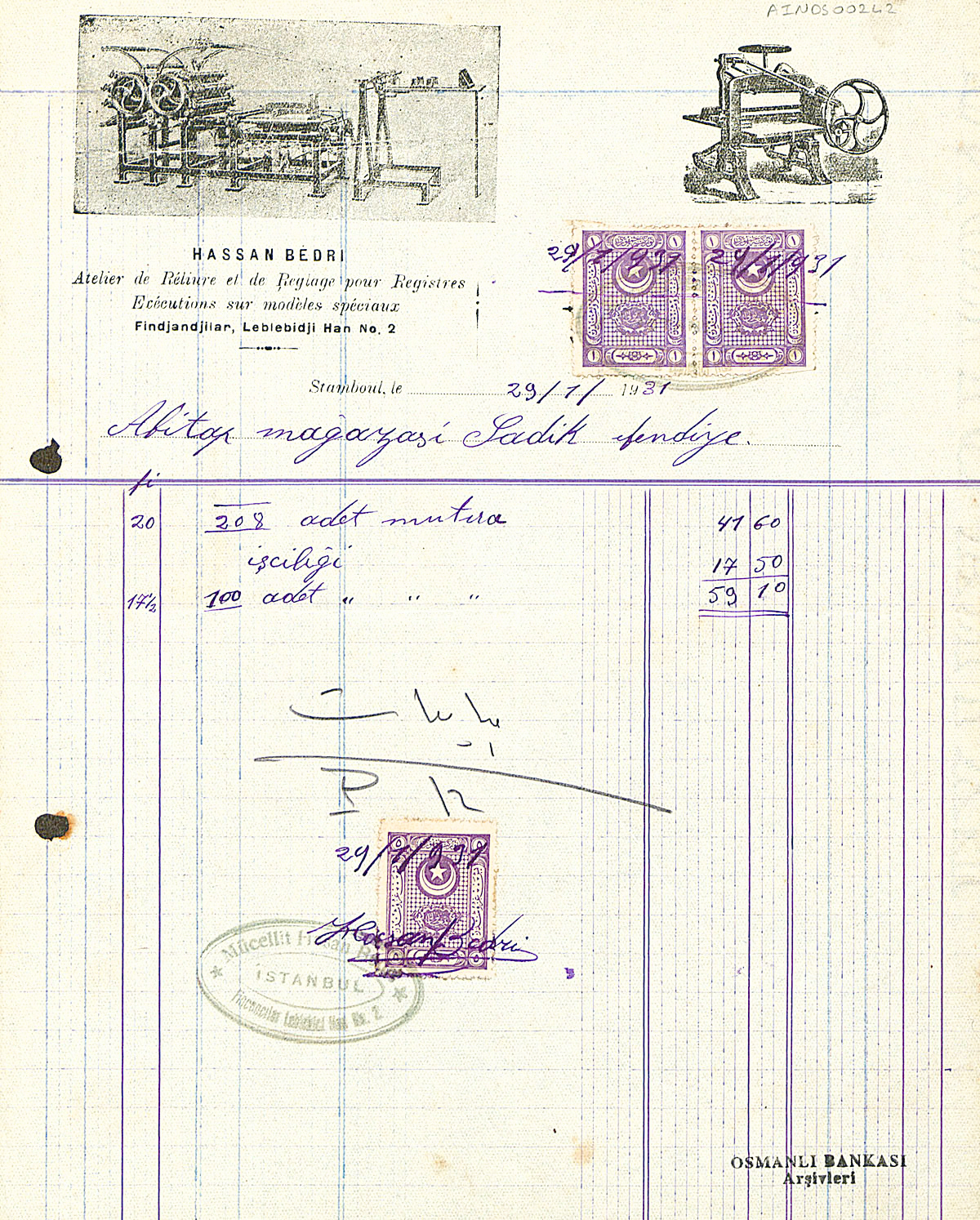
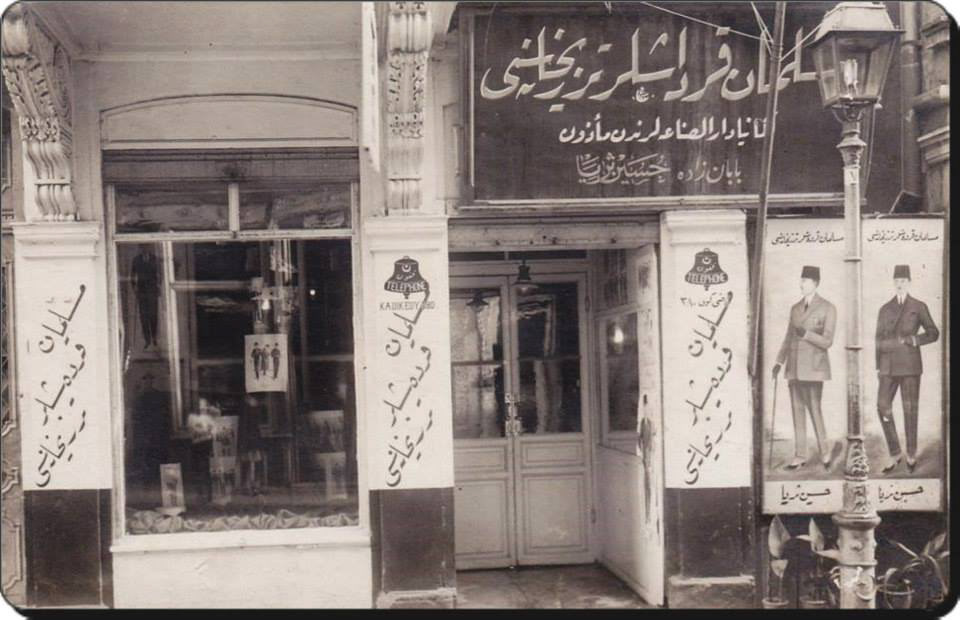
The project’s archiving attempts began in the Neolithic Period. Byzantine, Ottoman and Turkish Republic era craftsmanship traditions were researched along with the bazaar culture and central management relationships. Annuaire Oriental yearbooks, phone books and ISO and ITO registries were examined to discover that between 1910 and 2015 close to 500 craftsmen lived in Şişli. About 100 craftsmen’s were recorded after visiting them street by street. The data obtained was integrated into an interactive map of Şişli thus documenting craftsmen’s mobility.

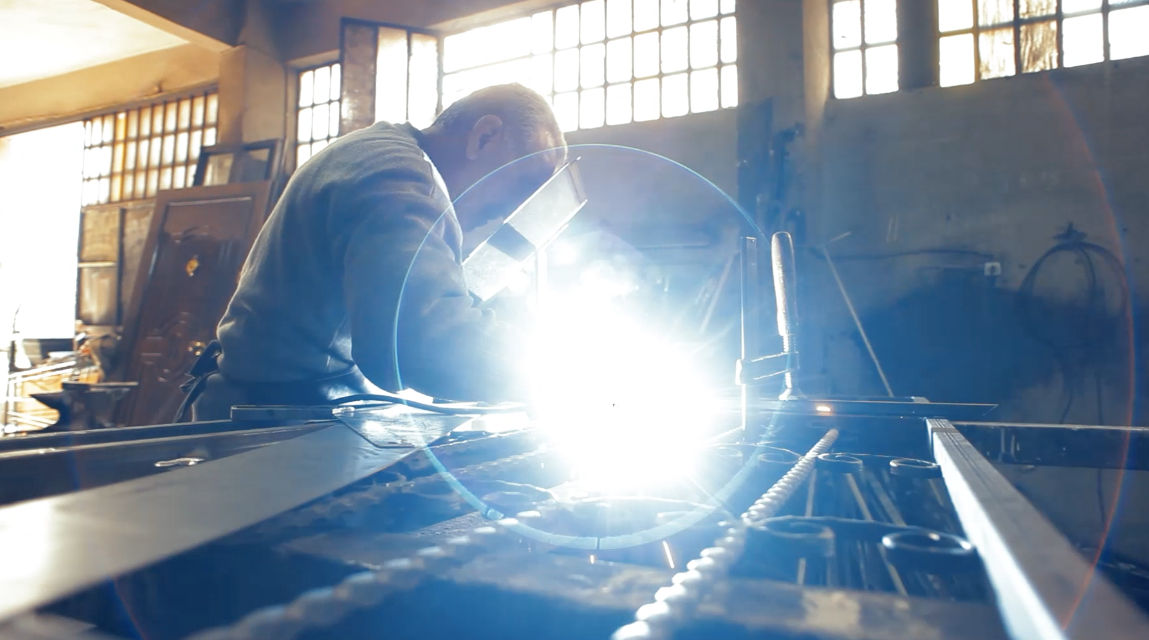
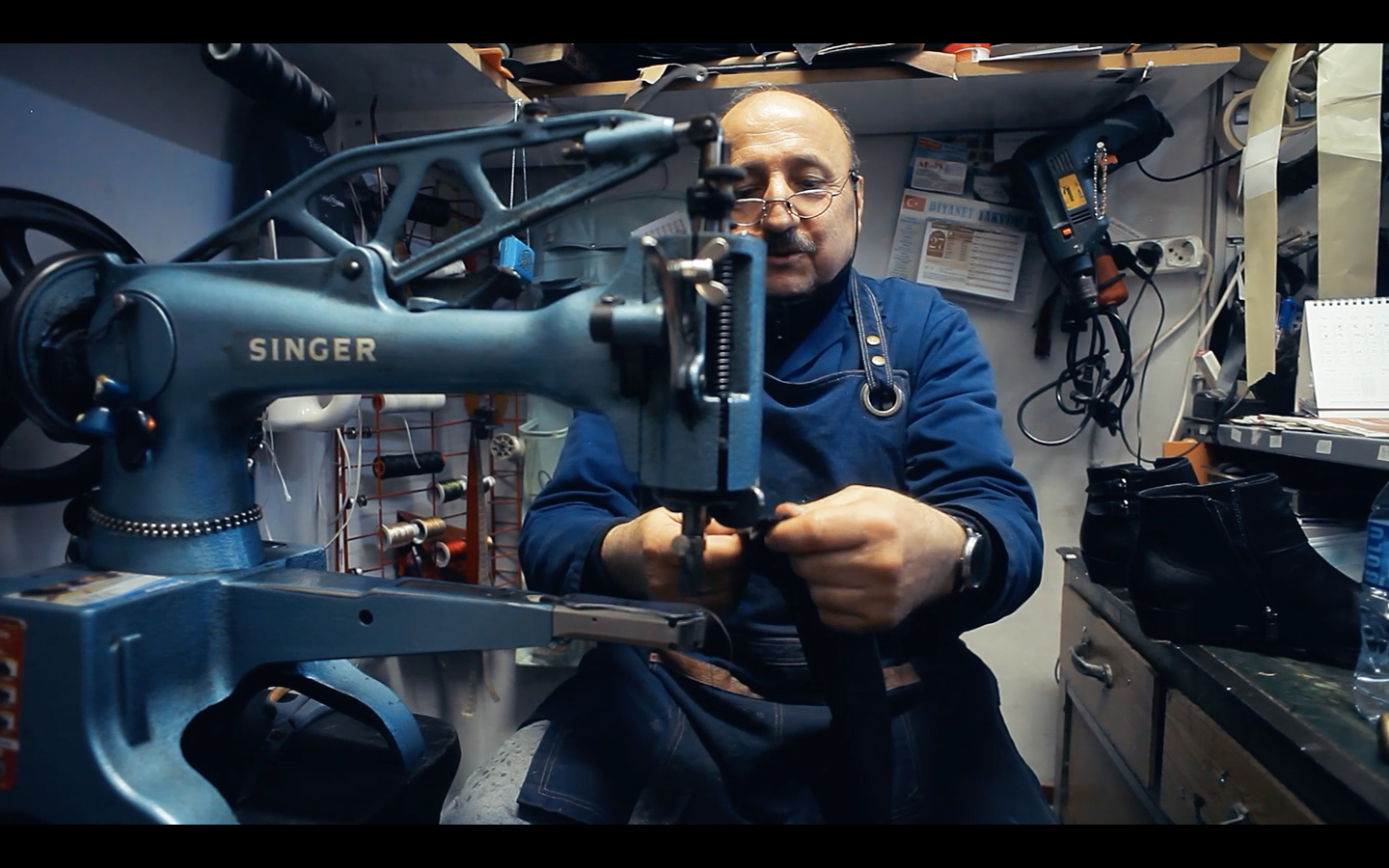
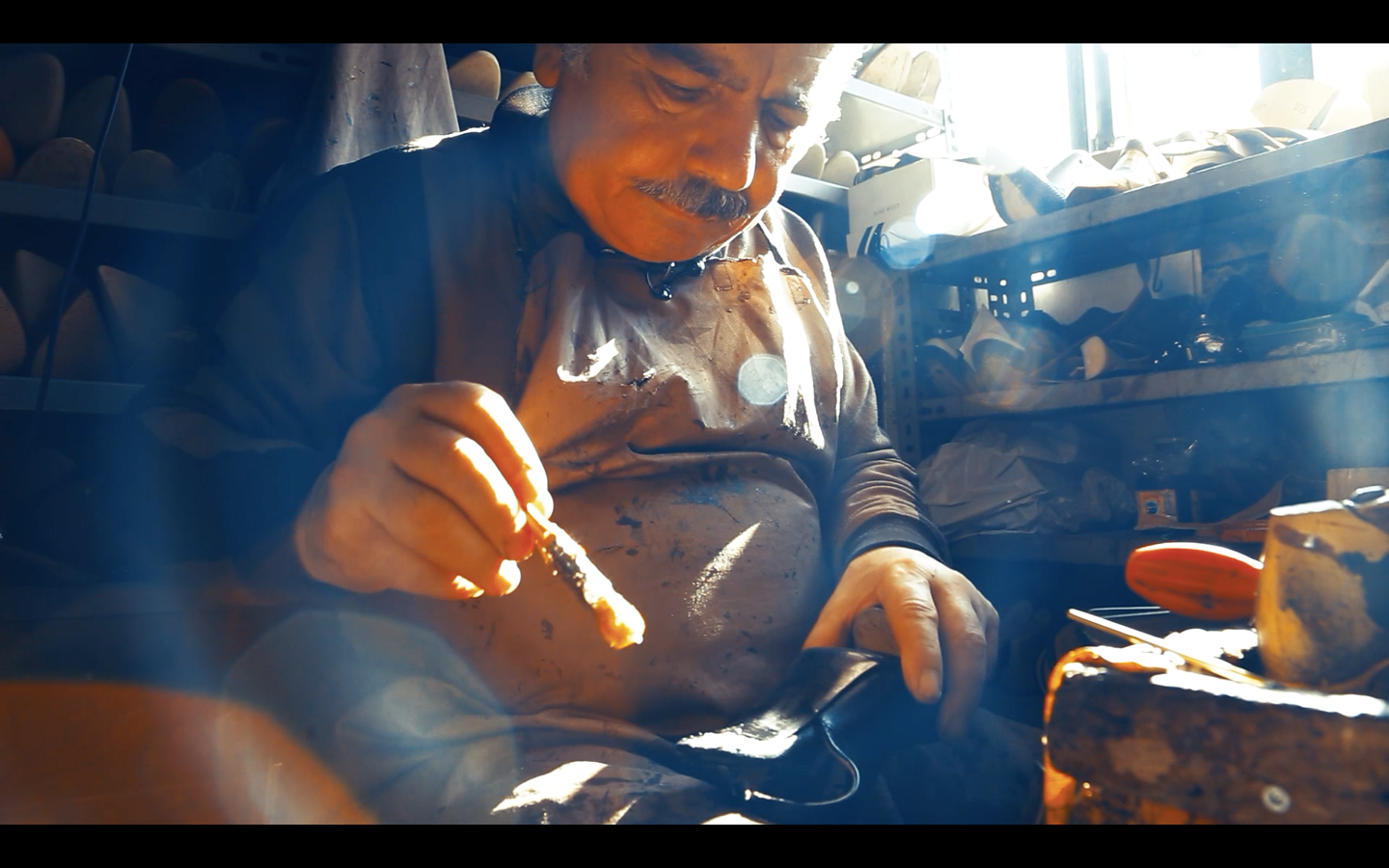
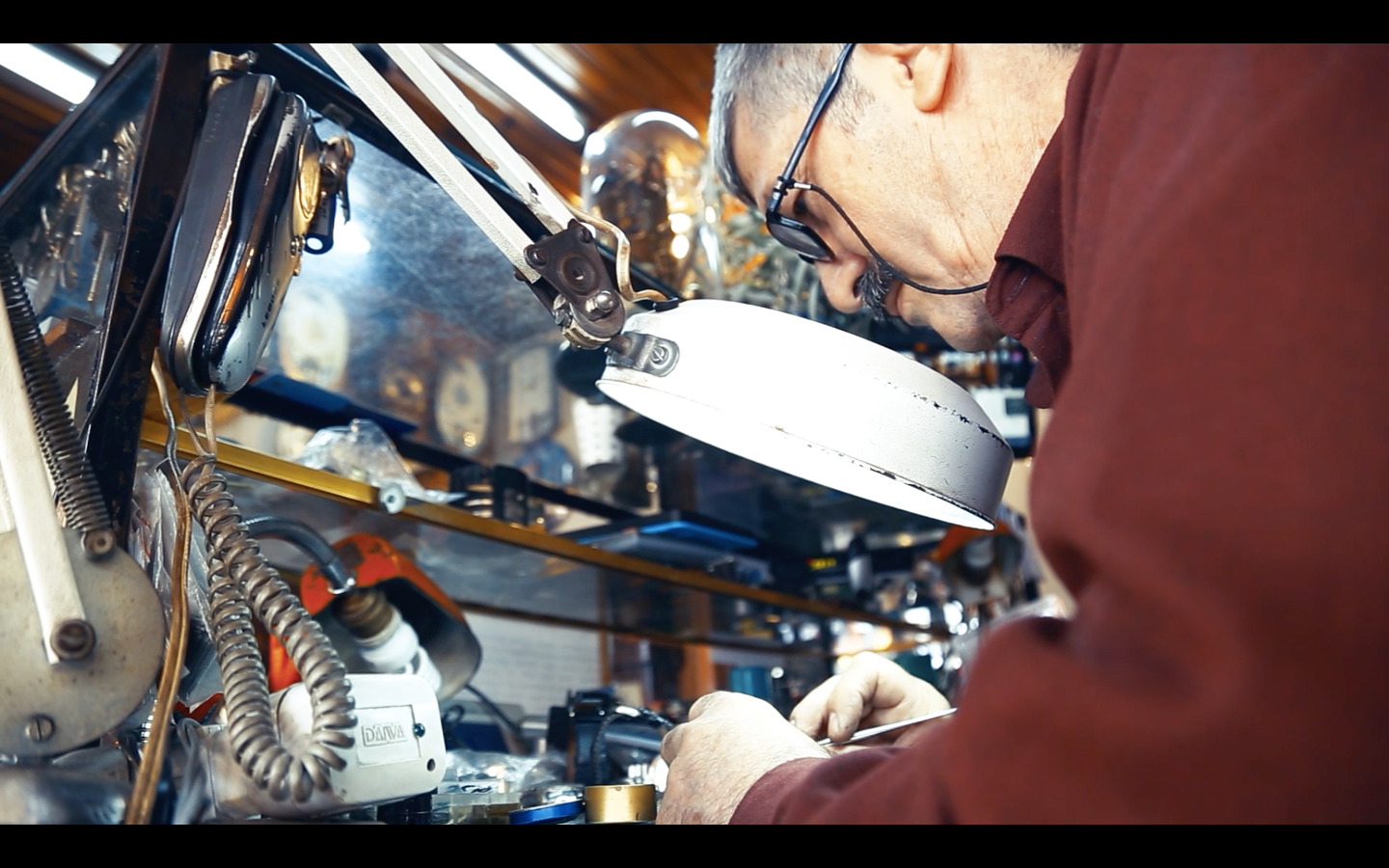
In depth interviews were conducted with 13 of the craftsmen whose workshops were visited. The interviews were documented with video shoots and a documentary series of 5 minute long episodes were produced from these recordings. This way content that could be shared with a large base, recording the stories of the last craftsmen were created.
Different branches of social sciences and communication joined hands in the project. A sociologist, a journalist-researcher, an urban researcher, a director and an editing director participated in the project. Students from different branches of design volunteered to participate in the research aspect of the project.